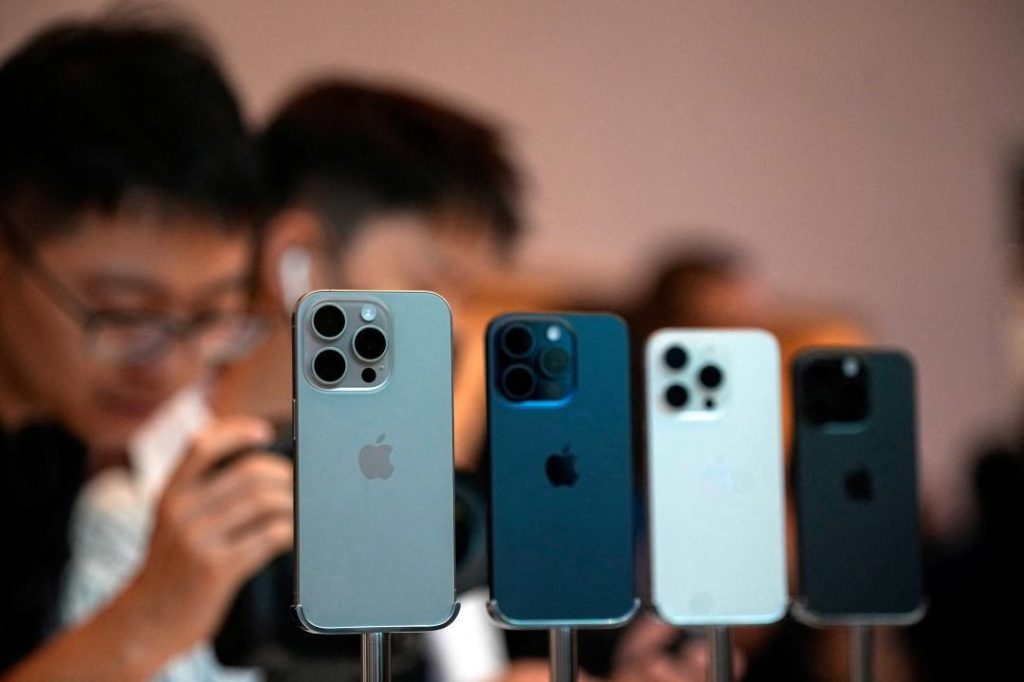
How Much Does it Cost to Make an iPhone? And How May it Change Due to US Tariffs?
The iPhone has become an iconic symbol of technology and innovation, with millions of people around the world relying on these devices for their daily needs. But have you ever wondered what it costs Apple to make an iPhone? The answer might surprise you. According to a report by Moneycontrol, Apple spends around $580 (over ₹50,000) to make a 256GB iPhone 16 Pro. This cost includes a range of components, from the A18 Pro chip to the rear camera systems and display.
Let’s break down the cost of making an iPhone:
- A18 Pro chip: $90.85
- Rear camera systems: $126.95
- Display: $37.97
- Other components: $325.23
Total cost: $580
As you can see, the cost of making an iPhone is significant, and it’s no wonder that Apple prices its devices at a premium. But what happens when there are tariffs imposed on these devices? In this case, the US has imposed a 54% tariff on iPhones imported from China, where many of them are assembled.
How US Tariffs Could Affect iPhone Prices
The 54% tariff on iPhones would apply to the entire manufacturing cost of the device, which would raise the cost of making an iPhone to around $847 (around ₹73,400). This is a significant increase, and it’s likely that Apple would need to pass on some of these costs to consumers in the form of higher prices.
In fact, according to a report by Bloomberg, Apple is considering absorbing some of the cost of the tariffs by reducing its profit margins. However, this would still leave consumers with higher prices, potentially making the iPhone less affordable for many people.
Why the US Tariffs Matter
The US tariffs on iPhones are part of a broader trade dispute between the US and China. The US has imposed tariffs on over $250 billion worth of Chinese goods, including electronics, in an effort to pressure China into making concessions on issues such as intellectual property and technology transfer.
From Apple’s perspective, the tariffs are a significant concern because they could disrupt its supply chain and increase costs. The company relies heavily on China for the production of many of its devices, including the iPhone, and the tariffs could make it more expensive to produce these devices.
What Does This Mean for Consumers?
For consumers, the impact of the US tariffs on iPhone prices could be significant. If Apple passes on the full cost of the tariffs to consumers, the price of an iPhone could increase by around $267 (around ₹23,000). This could make the device less affordable for many people, particularly those on a budget.
However, it’s worth noting that Apple has a history of absorbing some of the costs of tariffs and other trade measures, rather than passing them on to consumers. The company has also been exploring alternative manufacturing options, such as assembling devices in India and Vietnam, to reduce its dependence on China.
Conclusion
The cost of making an iPhone is significant, and the impact of US tariffs on these devices could be substantial. If Apple passes on the full cost of the tariffs to consumers, the price of an iPhone could increase by around $267 (around ₹23,000). However, it’s also possible that the company could absorb some of the costs and reduce its profit margins instead.
As the trade dispute between the US and China continues to evolve, it’s likely that we’ll see changes in the cost and availability of iPhones and other devices. In the meantime, consumers may need to wait and see how the situation unfolds before making a purchase.
Source:






